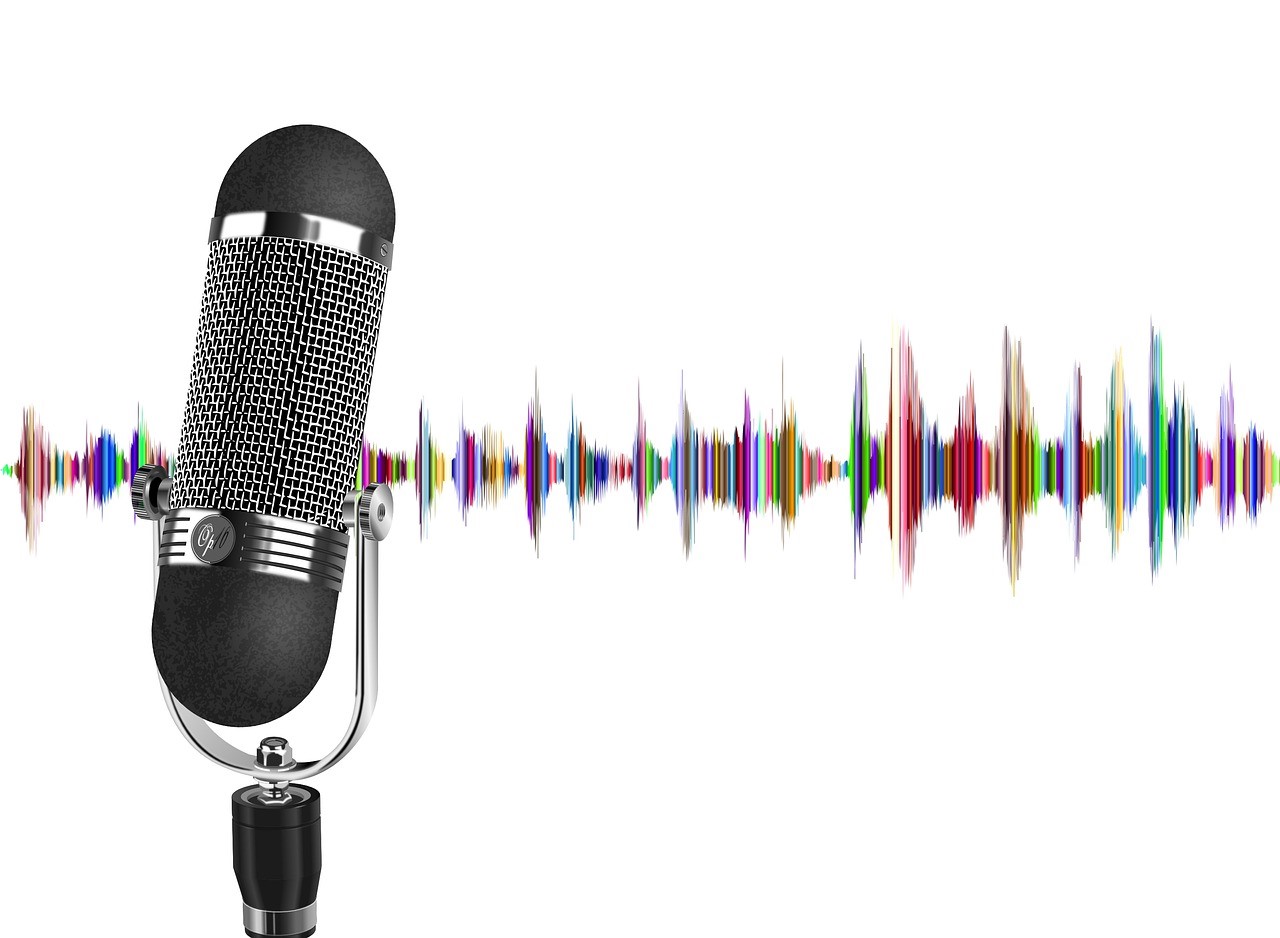Get Creative With Marketing to Grow Podcasting

How do you market a podcast when the medium's boundaries keep shifting? Both the definition of a podcast and how to listen to one are rapidly evolving, challenging how marketers can best communicate with listeners. As an industry still in its infancy, podcasting is heavily influenced by new technology, and voice and digital audio are creating fresh listening opportunities. That's good for business but also tricky for marketing.
To keep up, savvy podcast marketers need to embrace an expanded notion of podcasting and find innovative ways to attract fans — and the advertisers seeking to reach them.
Here is a simple, but important example: At the end of a podcast, a host should always tell the audience how to find future shows; that may include reminding them to subscribe wherever they get their podcasts or directing them to a specific app. Those directions are critical to building a following and monetizing a podcast, but there is no standard approach.
The podcast industry is growing rapidly, with Nielsen reporting that podcasts now reach 19 percentof Americans each week and that smartphones are driving increased usage. However, how and where consumers access podcasts are continually shifting. As Magna Global noted in a new report, podcasts are unique in the media industry in that the majority of podcasts travel to multiple outlets simultaneously, unlike, say, video content, which tends to debut on a specific TV or digital video platform before possibly moving to others.
That means podcasters need to be platform-agnostic and, to attract as large an audience as possible, marketing should be, too. Not long ago, Apple's podcast platform was the main place that consumers went for podcasts. Although Apple is still a dominant player in accessing podcasts — attracting about two-thirds of users, according to Magna Global — its place in the ecosystem is diminishing. Streaming audio giants Pandora and Spotify are doubling down on podcasting, offering originals and third-party shows. Even YouTube, a site best-known for video, has emerged as a top podcast listening destination.
Marketing efforts should be designed to both spread the podcast gospel and to market particular shows. Some podcast marketers are experimenting with traditional and digital advertising. The New York Times, for example, promoted its popular news podcast, The Daily, on outdoor billboards and digital signs in airports, while Tenderfoot TV and Cadence13 advertised their true-crime podcast To Live and Die in L.A.on cable network TNT.
NPR uses events to promote many of its biggest podcasts — even those for children. Tickets to its live podcast tapings regularly sell out, which turn a production into a must-see event and further spreads the word. Hit podcast How I Built This enjoys such a strong following among entrepreneurs that NPR launched asmall business summitinspired by the podcast last fall in San Francisco; this year's event is expanding to two days.
Many local radio stations are using their airwaves to market their podcasts and visa-versa. Radio station owner iHeartMedia now broadcasts some of its most popular podcasts on hundreds of AM/FM stations on Sunday nights. Alternatively, some post their broadcast content for on-demand listening through digital devices and promote them as podcasts.
Technology is also influencing how podcasts are marketed. As they train their power of data and algorithmic recommendations engines on podcasts, iHeart, Pandora, and Spotify may soon have an advantage over other outlets. Users, particularly young consumers, are already in the habit of using Spotify and Pandora for music, so going there for podcast listening is an easy entree into the medium. Google recently added podcasts in native search results, allowing users to directly access podcasts in the Google Podcast app, and Apple revamped its podcast directory to include more genres, making it easier for users to search and discover new or favorite podcasts.
Some established listening apps are revamping their offerings to attract users. Pocket Cast, for one, added new features that help users customize their podcast experience, including playing episodes with or without subscribing to a show. Additionally, in a nod to the growing list of devices used for podcast consumption, Pocket Cast — owned by NPR, WNYC Studios, and WBEZ Chicago — now allows its users to start a show on one device and finish it on another.
Podcasters need to step up their marketing game through advanced technology, as well as by using a variety of media, including billboards, radio, and TV. "Are we advertising these shows to the public and marketing these shows in a way that makes them feel important?" Donald Albright, cofounder of Tenderfoot TV, asked in a recent episode of Insider InSites podcast, hosted by MediaVillage's head of content strategy and social media, E.B. Moss. "We want our shows to be seen and people to say, 'Wow that looks great! I want to go watch that TV show,' and then they say, 'Wait, [it's] a podcast?' Value podcasts the same way you do TV and film."
Click the social buttons to share this story with your friends and colleagues.
The opinions and points of view expressed in this content are exclusively the views of the author and/or subject(s) and do not necessarily represent the views of MediaVillage.com/MyersBizNet, Inc. management or associated writers.


